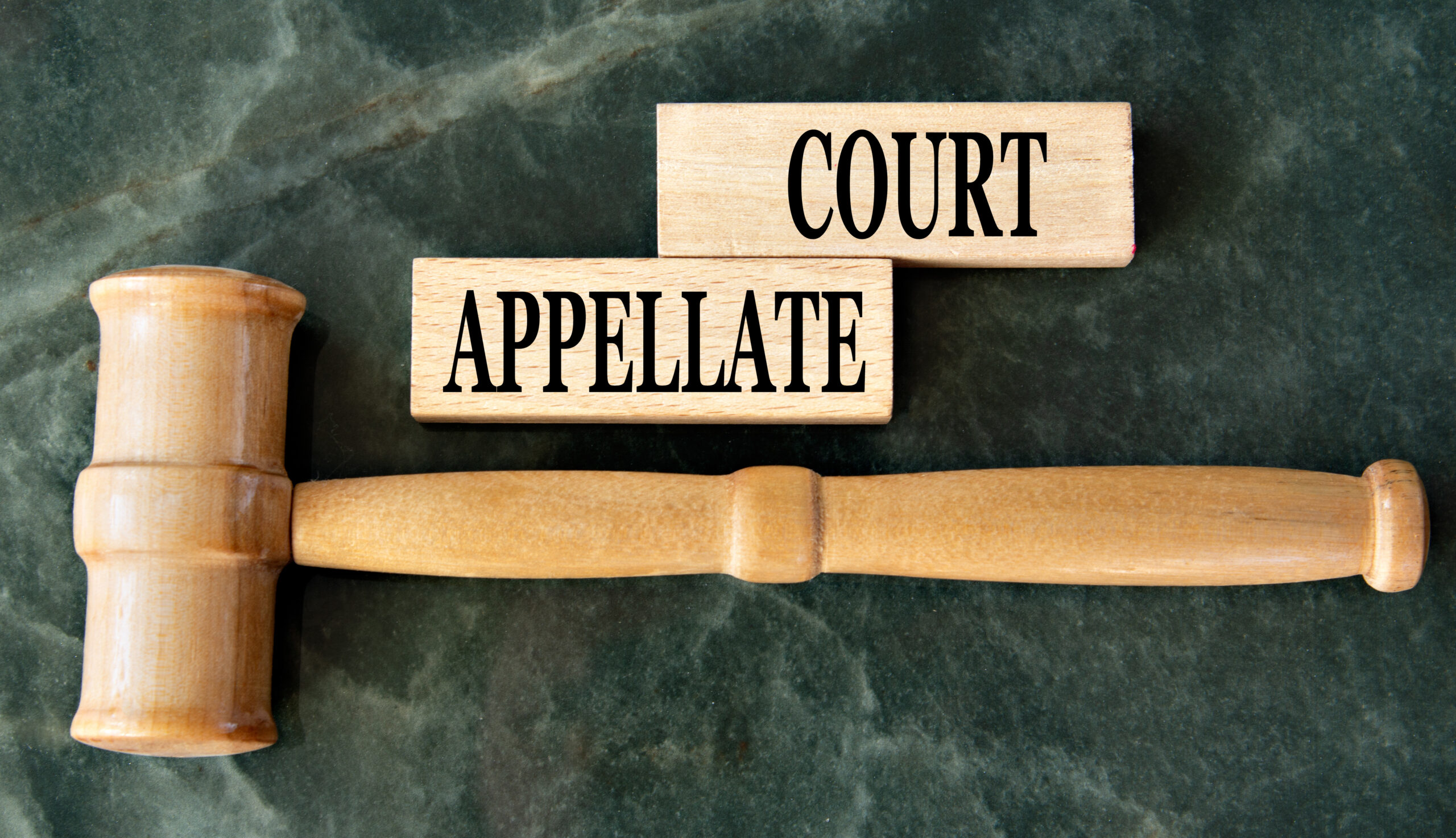As a general proposition, Chapter 11 bankruptcy proceedings can conclude in one of three ways: (1) confirmation of a plan of reorganization (or liquidation); (2) conversion to Chapter 7; or (3) dismissal. Ideally, a plan is confirmed in which creditors receive payment as required under the distribution scheme embodied in the Bankruptcy Code. Plans can provide for a reorganization or a liquidation, and can be confirmed by agreement or under the “cram down” provision of the Code. In cases where a plan is confirmed, creditors are paid pursuant to ranking of priorities under law, unless all parties agree to the contrary or the plan is determined to be fair and equitable and is approved over the objection of a dissenting class.
Conversion to Chapter 7 results in the appointment of a Trustee who is charged with the responsibility of liquidating the debtor’s assets and then with distributing the assembled proceeds to creditors, again in accordance with the priority scheme embodied in the Bankruptcy Code. Under that prioritization system, for example, unpaid wages have priority over unpaid taxes, but both are of a lower priority than the administrative expenses of the trustee, which are in turn below claims for domestic support obligations. The claims priority structure generally means that junior classes of claims must wait until senior classes of claims are paid in full before the junior calls receives any payment.
The Bankruptcy Code also provides for dismissal, but the Code does not address how a dismissal can impact creditors. In order to grapple with the complexities of bankruptcy and the claims prioritization system, bankruptcy professionals have developed and utilized what had become known as a “structured dismissal.”
Under a structured dismissal, rather than devolving into a “free for all” contest for the assets or the assertion of claims, the dismissal order would provide for a payments to certain creditors, but not necessarily in accordance with the Bankruptcy Code’s priority scheme. This was what had happened in the case of Jevic Transportation Company. In 2006, Sun Capital Partner acquired Jevic in a leveraged buyout. Two years later, Jevic filed a Chapter 11 bankruptcy proceeding in Delaware. Thereafter, a group of former employees filed an adversary proceeding under the WARN Act, eventually recovering a judgment for $12.4 million, of which $8.3 million was asserted to be a priority wage claim.
At the same time, the Court-appointed Creditor’s Committee commenced a fraudulent conveyance adversary proceeding against Jevic’s shareholders and others, including Sun Capital, arising from the leveraged buyout. In 2012, the Committee and the defendants negotiated a settlement of the fraudulent conveyance adversary proceeding. The settlement provided for a structured dismissal of the bankruptcy and included a payment to unsecured creditors, but no recovery for the WARN Act creditors, even though their claims were senior in priority to the claims of general unsecured creditors.
The Bankruptcy Court approved the settlement and the structured dismissal, reasoning that because the payments were to occur under a structured dismissal and not under the Bankruptcy Code, the priority scheme did not apply. The Bankruptcy Court also concluded that the Debtor’s dire circumstances led to the conclusion that a simple dismissal would lead to no recovery by those other than secured creditors. The District Court and the Third Circuit Court of Appeals affirmed the Bankruptcy Court’s Order.
On appeal, the Supreme Court reversed the lower courts and held that the structured dismissal constituted an impermissible contravention of the Code’s priority system. Writing for the majority, Justice Breyer noted that the “Code’s priority system constitutes a basic under-pinning of business bankruptcy law.” As such, one would “expect to see some affirmative indication of intent if Congress actually meant to make structured dismissal backdoor means to achieve non-consensual priority-violating final distributions that the Code prohibits in Chapter 7 liquidations and Chapter 11 plans.”
Although the appellants had pointed to other “priority-violating” distributions (such as pre-petition wages and critical vendors commonly provided for in “first-day” Orders), in such instances the payments are justified to preserve the debtor as a going concern. In contrast, in the case of a structured dismissal, the priority-violating distribution is attached to a final disposition, and does not promote a reorganization or restore the status quo. In conclusion Justice Breyer not only rejected the concept of a non-consensual structured dismissal, but also went on to state that there is no “rare case” exception authorized by Congress.
One of the negative consequences of non-consensual structured dismissals identified by the Court was uncertainty. The Bankruptcy Code’s priority of distribution system provides a level of certainty which, in turn, permits the parties to negotiate consensual outcomes against a known backdrop. The absence of the structured dismissal as a tool to resolve complex debtor-creditor and inter-creditor disputes will tie the parties’ hands somewhat, but at the same time will provide a degree of certainty, while eliminating an opportunity for collusion and for squeezing out priority creditors. The consensual structured dismissal apparently still remains a viable option, while the Court left open the question of so-called “gift plans,” where a secured creditor allows a junior class to receive part of its collateral, by-passing some senior classes of creditors. In the end, negotiation remains a key component of Chapter 11 reorganizations, albeit with one less option available.









